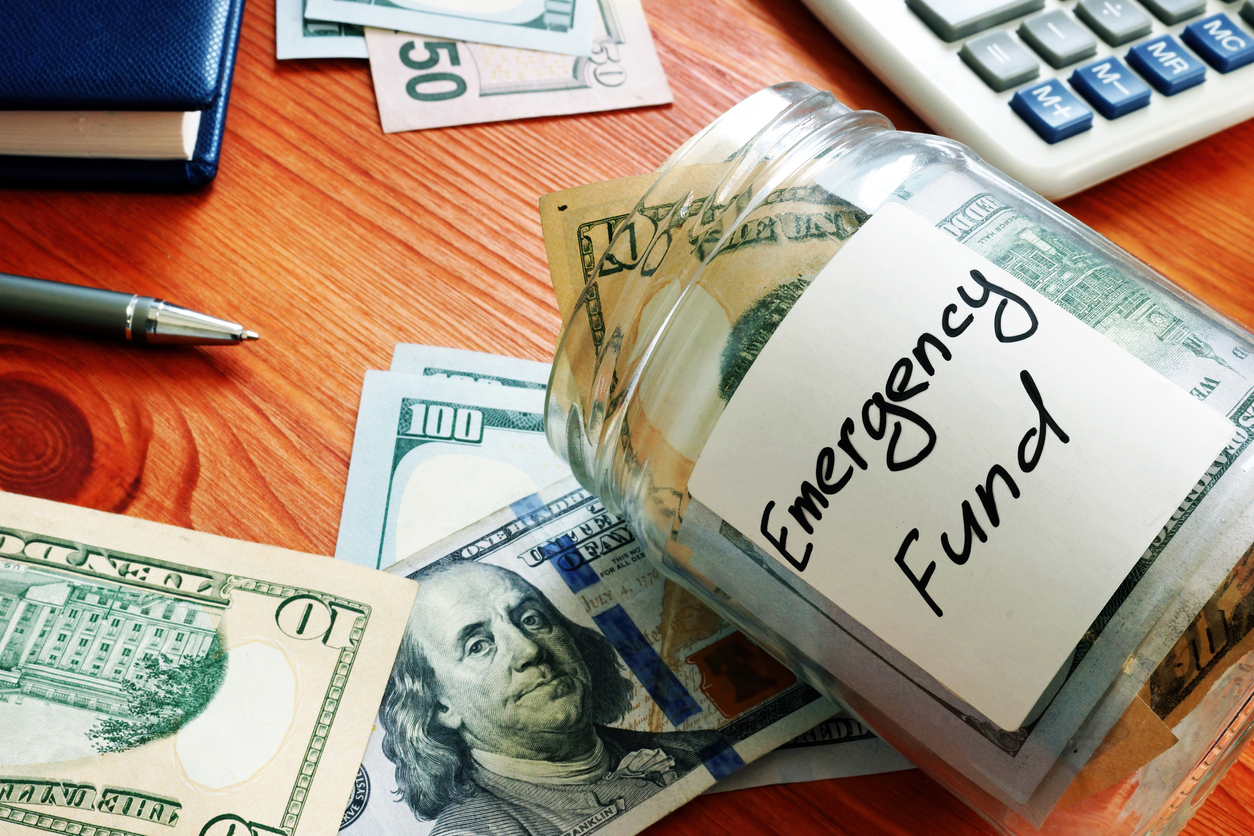Are you prepared for an emergency? If not, you should be! A good way to do that is to have an emergency fund for unexpected expenses like medical emergencies, house repairs, and car repairs.
You can submit a loan request to online lending platforms if you need cash fast. You may not get no-credit-check loans with guaranteed approval, but lenders will still be able to approve your loan fast and fund it at their earliest convenience.
This article will discuss emergency funds—what they are, the benefits of having one, and how to build your own quickly.
What Is An Emergency Fund?
An emergency fund is a savings account you set aside for unexpected expenses, such as medical bills, car repairs, and job loss. An emergency fund ensures you have the money you need when something goes wrong.
4 Benefits Of An Emergency Fund
If you want to know the reasons why you should set up an emergency fund, here are some.
1. Peace Of Mind
This is perhaps the primary benefit of having an emergency fund. Knowing that money is set aside for emergencies can help reduce stress and anxiety.
2. Avoid Debt
Your emergency fund will cover unexpected expenses without putting them on a credit card, saving you a lot of money in interest payments.
3. Help With Financial Goals
If you know that you have money set aside for emergencies, you can focus on other financial goals like building your retirement portfolio or a downpayment on a house.
4. Provide Security
Finally, an emergency fund can give you security in case of job loss. If you lose your job, you will still have money to cover your living expenses.
How Much Should My Emergency Fund Be?
You must contemplate several factors, such as your income, job security, and the number of dependents you have. An acceptable standard is having three to six months of living expenses to cover your bills even during unemployment or another financial setback.
Where Do I Keep My Emergency Fund?
It should be kept in a savings account, separate from your checking account. This will help you avoid spending it on non-essential items. Many banks offer high-yield savings accounts that offer higher interest rates than checking accounts to help you earn more money on your savings.
Easy Steps To Building An Emergency Fund
Now that you're knowledgeable about emergency funds, it's time to start building your own. Here's how to get started:
1. Set a goal
Decide how much you want to save. The standard is three to six months of living expenses.
2. Create a budget
Track your monthly expenses and make adjustments as needed. This will help you free up some extra cash for your emergency fund.
3. Set up automatic transfers
Automatically transferring your savings to your account will help you reach your goal faster.
4. Start small
If you have trouble saving, start with a smaller goal. Once you reach it, you can increase the amount you're transferring each month.
5. Keep your funds safe
You should place your emergency fund in a savings account to keep it safe and accessible when you need it.
Conclusion
You need to have an emergency fund if you want financial security. It can help reduce stress and anxiety, avoid debt, and help you reach your financial goals. If you haven't built an emergency fund yet, now is a good time to start. Keep your fund in a safe place, such as a savings account, so it will be there when you need it.
About the author: John is a financial analyst but also a man of different interests. He enjoys writing about money and giving financial tips, but he can also dive into relationships, sports, gaming, and other topics. Lives in New York with his wife and a cat.













